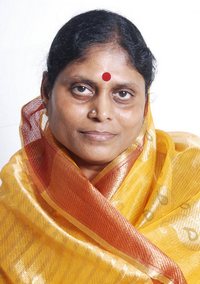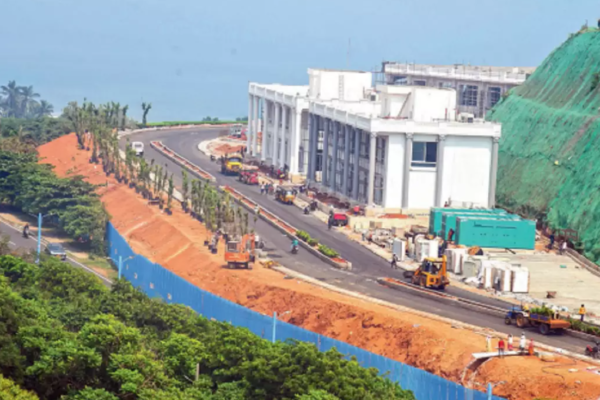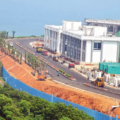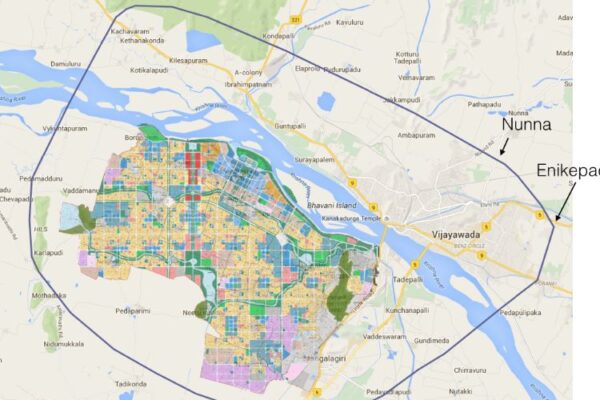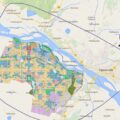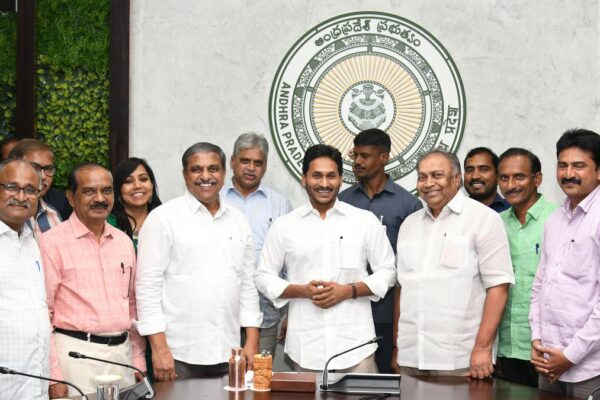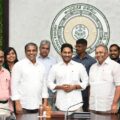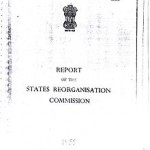 1.1.11 The central leadership of the Indian National Congress decided that the issue of “unified larger Telugu state” deserved further examination since the views on the same were somewhat divided. As such, a sub-committee for this purpose was appointed by the Congress Party. The Government of India, therefore, while accepting other SRC recommendations, kept aside the decision on this particular issue. Both Andhra and Hyderabad states were ruled by the Congress Party at that time. (The two visits by some members of the sub- committee, headed by the then Congress President, U.N. Dhebar, and including luminaries such as Pt. Nehru, Lal Bahadur Shastri, K.N. Katju and others in December 1955 and January 1956 to Hyderabad state, led to the final decision of the trifurcation of the state, but the sub-committee could not decide with regard to the status of the Telugu-speaking areas of “Hyderabad State”).
1.1.11 The central leadership of the Indian National Congress decided that the issue of “unified larger Telugu state” deserved further examination since the views on the same were somewhat divided. As such, a sub-committee for this purpose was appointed by the Congress Party. The Government of India, therefore, while accepting other SRC recommendations, kept aside the decision on this particular issue. Both Andhra and Hyderabad states were ruled by the Congress Party at that time. (The two visits by some members of the sub- committee, headed by the then Congress President, U.N. Dhebar, and including luminaries such as Pt. Nehru, Lal Bahadur Shastri, K.N. Katju and others in December 1955 and January 1956 to Hyderabad state, led to the final decision of the trifurcation of the state, but the sub-committee could not decide with regard to the status of the Telugu-speaking areas of “Hyderabad State”).
The national leadership of the Congress Party was divided on the question of merging the residuary Hyderabad state with Andhra, with its senior leader Maulana Azad opposed to such a merger. However, with the leadership from Andhra and a majority of the public opinion from the Hyderabad state favouring unification, it is reported that Pt. Nehru was able to persuade Maulana Azad, whereafter, the central leadership took the decision for the formation of Vishalandhra.
In keeping with the proposal made by both the Chief Ministers in the CMs‟ Conference of October, 1955, the Central Government thus became agreeable to create the unified state. The leading protagonists of Telangana, like K.V. Ranga Reddy and M. Chenna Reddy, both Ministers in Hyderabad state, nevertheless, stuck to their demand for two separate Telugu states and continued their efforts towards that end. At this point of time, it was felt necessary that some safeguards be ensured in the interest of Telangana and the exercise that was made in this regard resulted in an Agreement between the two regions.
At the instance of the Central Government, a meeting of the representatives of both the regions was called in Delhi, which took place at Hyderabad House on February 20, 1956. The two groups were represented by their top state leadership in the Governments and the Pradesh Congress Committees in equal numbers (four each) from both the regions, as given below in the text. After a detailed discussion in the meeting, a comprehensive agreement on the “Safeguards for Telangana” was signed by all the eight participants.

